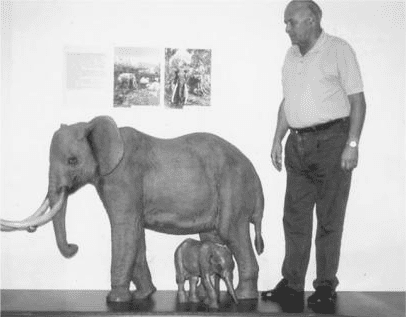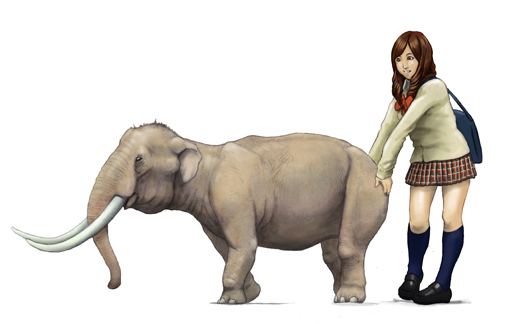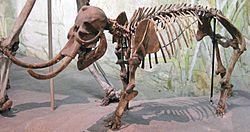Higher classification Palaeoloxodon | Scientific name Palaeoloxodon falconeri Rank Species | |
 | ||
Similar Palaeoloxodon, Elephas, Palaeoloxodon mnaidriensis, Dwarf elephant, Mammal | ||
Palaeoloxodon falconeri (formerly Elephas falconeri, or more commonly as the Pygmy Elephant) is an extinct Siculo-Maltese species of elephant that has derived from the Straight-tusked elephant.
Contents

Taxonomy
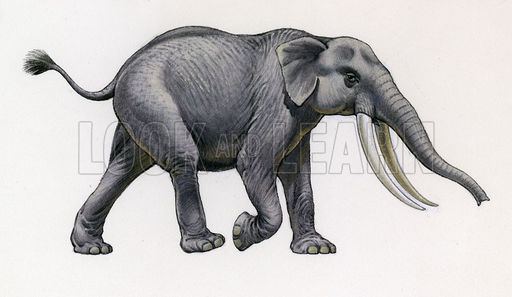
In 1867, George Busk had proposed the species Elephas falconeri for many of the smallest molars selected from the material originally ascribed by Hugh Falconer to Palaeoloxodon melitensis.
Description
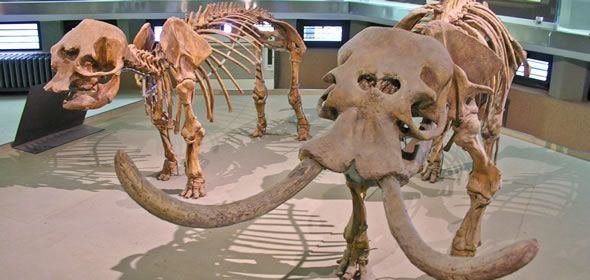
This island-bound elephant was an example of insular dwarfism, with an adult male specimen MPUR/V n1 measured 96.5 cm (3 ft 2.0 in) in shoulder height and weighed about 305 kg (672 lb), and an adult female specimen MPUR/V n2 measured 80 cm (2 ft 7.5 in) in shoulder height and weighed about 168 kg (370 lb). P. falconeri's ancestors most likely reached the Mediterranean islands during a period of Pleistocene maximum when the sea levels were around 100 m (328.1 ft) lower, that significantly reduced distances and opened land bridges in between islands and from and to the mainland.
Cultural significance
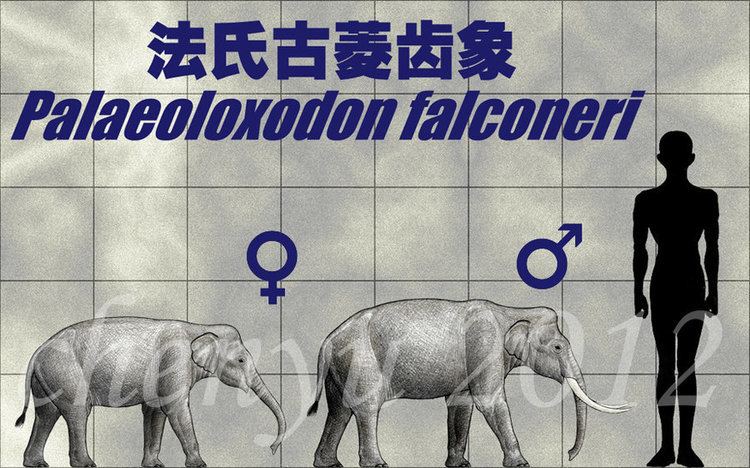
The belief in Cyclopes may be originated in P. falconeri skulls found in Sicily. As early as the 14th century, scholars had noted that the nasal cavity could be mistaken for a singular giant eye socket.
